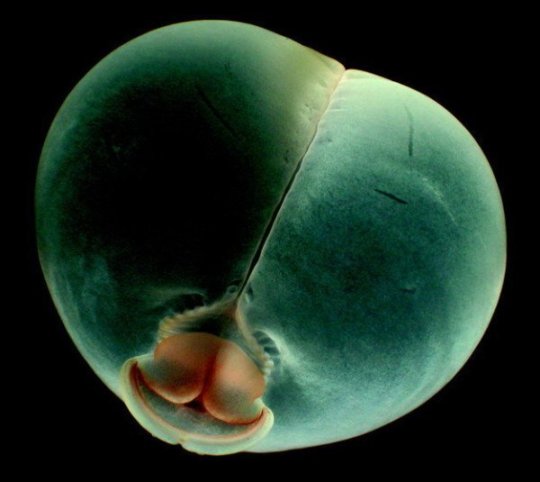#Chaetopterus pugaporcinus
Photo
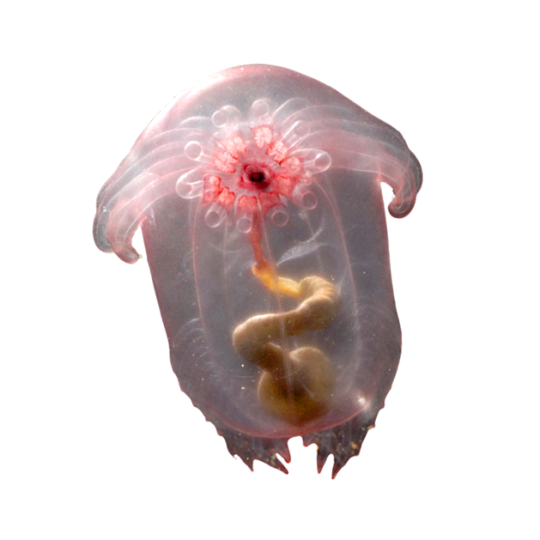
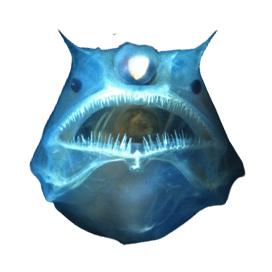
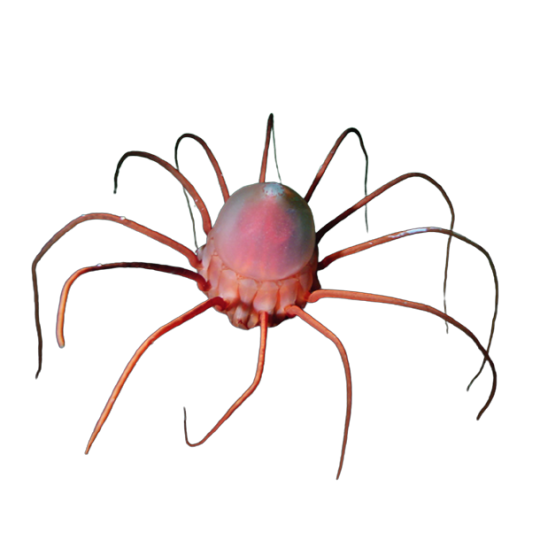





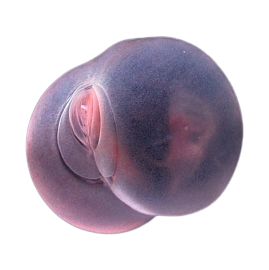
Deep sea oddity PNGs, part 1.
(1. Sea cucumber, 2. Angler fish juvenile, 3. Helmet jellyfish, 4. Undescribed jellyfish (citrea), 5. Brisingid star, 6. Bigfin reef squid, 7. Bloody belly comb jellyfish, 8. Sea angel/sea butterfly, 9. Chaetopterus pugaporcinus “worm like a pig's rear")
#many more deep sea creatures to come!#png#pngs#transparent#transparents#moodboard#artboard#imageboard#collage#sticker#stickers#animals#deep sea#deep sea tw
2K notes
·
View notes
Text
This curious critter is a worm like no other: The pigbutt worm
youtube
Bobbing along in ocean currents a half mile below the surface is a worm like no other. Our team first spotted the unusual pigbutt worm (Chaetopterus pugaporcinus) in 2001 and had a tough time determining how to categorize such a curious critter. Working closely with our collaborators, DNA analysis eventually confirmed we had encountered a new species of bristle worm that drifts through the midwater instead of living on the seafloor.
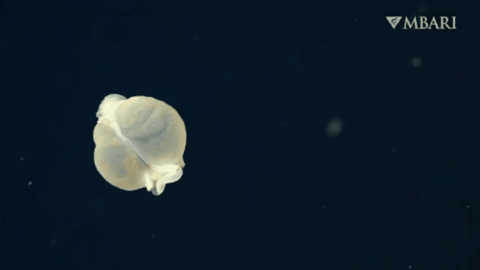
Over the last two decades, these worms have only been observed in Monterey Bay and a few near the Channel Islands off the southern California coast. This little worm is about the size of a hazelnut, and even using our high-resolution cameras, it took the eagle eyes of our expert biologists to spot these miniature orbs in the massive ocean. Our skilled submersible pilots were able to gently sample them and transport them back to the ship alive for detailed examination.

Chaetopterus pugaporcinus casts out a web of snot to capture bits of organic material called marine snow to eat. Mucus is a useful substance for snaring food in the deep sea where it may be sparse. Numerous other animals get their nutrition this way too. Animals of all shapes and sizes in the ocean perform an essential climate service by taking up excess carbon dioxide from the atmosphere and transporting it deep in the ocean. These assorted midwater mucous-feeders help repackage carbon to sink more rapidly to hungry seafloor communities.
153 notes
·
View notes
Text

The Pigbutt worm or flying buttocks, (Chaetopterus pugaporcinus), is a newly discovered species of worm found by scientists at the Monterey Bay Aquarium Research Institute. The worm is round in shape, approximately the size of a hazelnut, and bears a strong resemblance to a disembodied pair of buttocks.
135 notes
·
View notes
Text
Verme di maiale: il "blob misterioso" delle profondità marine con la groppa di un maiale e una pancia gonfia
Scoperta il “blob misterioso” delle profondità marine: il Verme di maiale Nome: Verme di maiale (Chaetopterus pugaporcinus) Dove vive: California centrale (baia di Monterey) e Isole del Canale Un’insolita creatura marina: Il Verme di maiale, grande come una nocciola, ha sorpreso i ricercatori del Monterey Bay Aquarium Research Institute (MBARI) nel 2001 con la sua singolare morfologia, che ricorda una groppa di maiale da un lato e le labbra di Mick Jagger dall’altro. Un’enigmatica scoperta: Karen Osborn, zoologa del Museo Nazionale di Storia Naturale dello Smithsonian e collaboratrice dell’MBARI, fu incaricata di analizzare un vaso etichettato come “blob misterioso”, rivelatosi
0 notes
Video
Worms in the deep sea? When pigs fly! A favorite from the Monterey Bay Aquarium Research Institute (MBARI), behold the pigbutt worm — Chaetopterus pugaporcinus!
If you'd like more wormy content, check out this montage of wonderful worms from the deep!
#monterey bay aquarium#pigbutt worm#Chaetopterus pugaporcinus#MBARI#Monterey Bay Aquarium Research Institute#Deep Sea#deep sea worm
202 notes
·
View notes
Photo


Pigbutt worm
Chaetopterus pugaporcinus
The Pigbutt worm or the flying buttocks of the sea is spotted floating between 965 m to 1300 m in the deep ocean. It is actually a polychaete (polly-keet) worm species that burrows in the ground as an adult, and floats around the ocean as a baby. The worm feeds itself : by creating a balloon of mucus; collecting particles on the mucus; and then consuming the particles. It is the rarest and thickest worm in the deep ocean, for only ten have been spotted.
Photocredit: https://roaring.earth/pigbutt-worm/
#pigbutt worm#butts#thick#thicc#polychaete#invertebrates#invertebrate#worm#biology#deep ocean#nature#marine biology#ocean life#planet earth#marine life#sealife#mesopelagic zone#ocean ecosystem#aestheitcs#not mine#knowledge#ocean#ocean lover#science#marine science#education#the blue planet#knowledge is power#sea#animal
4K notes
·
View notes
Photo

FLYING BUTTOCKS
(Chaetopterus pugaporcinus)
Osborn, K. 2006.
Monterey Bay Aquarium Research Institute
Yeah. I don’t really know what to say either.
The flying buttocks is a species of bristle worm (Polychaeta) so called because, well, it looks like a bum. Floating around. It’s also known by the equally descriptive vernacular ‘pigbutt worm’ and you’ll know why if you’ve ever seen the rear end of one. Even the binomen Chaetopterus pugaporcinus can be roughly translated to ‘(chaetopterid worm) that looks like a pig’s rear’. I give up.
229 notes
·
View notes
Text
Pigbutt worm
The pigbutt worm is an annelid worm and about the size of a hazelnut. The species tends to have a translucent pinkish color, therefore, they are associated with the butt of a pig. Pigbutt worms are known to have a balloon shaped body.
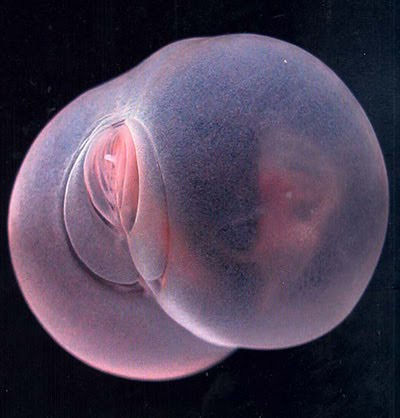

Scientific Name:
Chaetopterus pugaporcinus
Taxonomic Classification:
Kingdom: Animalia
Phylum: Annelida
Class: Polychaeta
Order: Canalipalpata
Family: Chaetopteridae
Genus: Chaetopterus
Species: C. pugaporcinus
Behavior:
The middle segments of the Pigbutt's body are greatly inflated. This pushes the other segments aside and creates circles on the ballooning surface. More importantly, it allows them to float.
The pigbutt worm filters their food by placing a mucus net near the top of their tube and using it to capture plankton.
Scientists have observed that the worm-like to be located at places where its food is located.
The species is also known to be bioluminescent.
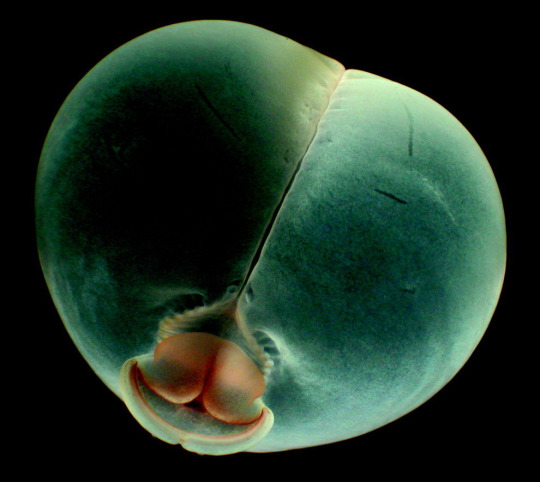
-bioluminescent-
Environment:
Lives in the ocean at depths between 3,000-4,000 feet.
Nutrition:
Pigbutt worm is known to feed on microscopic plankton.
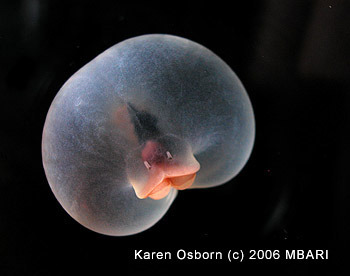
-pigbutt worm showing its mouth-
Reproduction/Development:
Scientists aren't sure whether or not the pig worm is a larva or an adult because it lacks sexual organs, therefore, no one is sure how it reproduces/develops.
Evolutionary Origins:
It is reasonable to consider that a holopelagic form has arisen within the Chaetopteridae and that it resembles their pelagic larvae.
Paedomorphosis is a mechanism of evolutionary change sometimes seen as a simplification of the body.
Fun Facts:
10 times larger than any other than any known chaetopterid larvae.
10-21 mm in body length and width

Sources:
www.realmonstrosities.com/2011/09/pigbutt-worm.html
https://www.animalbliss.com/pigbutt-worm/
http://eol.org/pages/10545155/details
https://www.google.com/url?sa=i&rct=j&q=&esrc=s&source=images&cd=&cad=rja&uact=8&ved=0ahUKEwivyNTd1LXXAhVM_IMKHfRxBLAQjRwIBw&url=https%3A%2F%2Fmakeameme.org%2Fmeme%2Fwhen-you-want-9s29mr&psig=AOvVaw2gN5_w1pbaMpCw7uoyGCeb&ust=1510460118923506
https://www.google.com/url?sa=i&rct=j&q=&esrc=s&source=images&cd=&cad=rja&uact=8&ved=0ahUKEwiYn4ro07XXAhVq3IMKHSfVCm4QjRwIBw&url=https%3A%2F%2Fwww.pinterest.com%2Fpin%2F357191814178832237%2F&psig=AOvVaw1JPvGIDZhsQ5rPHNxOzKiv&ust=1510459901949707
1 note
·
View note
Photo
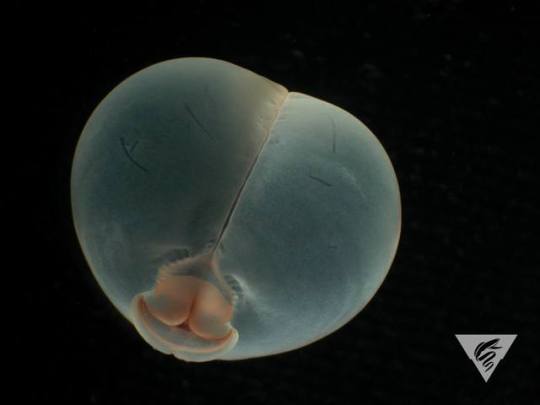
The... Pig Butt Worm?
What lives 3,000 feet below the ocean surface, is about the size of a marble, and looks like the back side of a pig?”
In 2007, Karen Osborn and her colleagues came up with an answer to this riddle by combining modern DNA analysis with traditional methods of scientific observation. What they discovered was a new species of deep-sea worm, but a worm like no other.
They gave this little creature a Latin name: Chaetopterus pugaporcinus.
This photograph shows its mouth, which typically faces downward as the animal drifts about 1,000 meters (3,300 feet) below the ocean surface.
Photograph: Karen Osborn.
Learn more about this strange worm: http://ow.ly/l2Du30ceS1u
via: Monterey Bay Aquarium Research Institute (MBARI)
17 notes
·
View notes
Video
youtube
38 notes
·
View notes
Photo
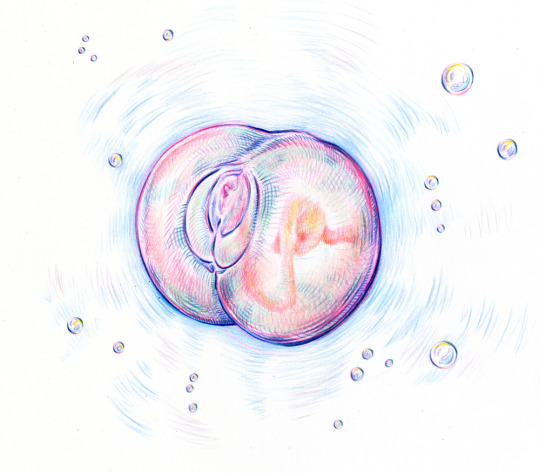
Pigbutt Worm
Read about it here: http://www.theworldsbestever.com/2014/11/29/pigbutt-worm/
14 notes
·
View notes
Photo
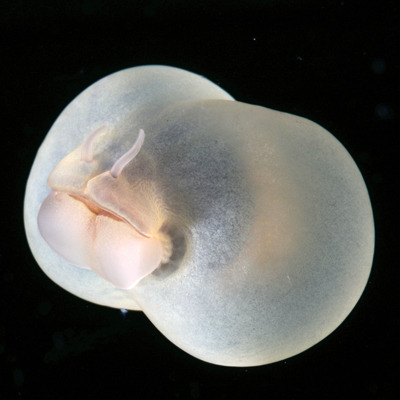
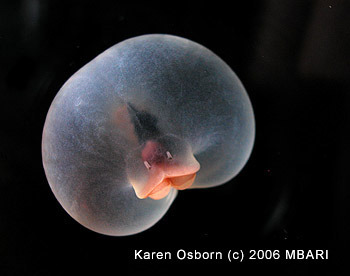
Pigbutt Worm (Chaetopterus pugaporcinus)
Also known as the flying buttocks (seriously I'm not making this up), the pigbutt worm is a unique species of chaetopterid polychaete worm that was discovered recently by scientists at the MBARI in deep waters (around 3-4,000 ft) off of the Pacific. This unique worm's middle segments are highly inflated which gives it its name. They have been observed floating with their mouths surround by a cloud of mucus, which could mean they may feed on marine snow and use this mucus to capture the falling particles. However this is not confirmed and much is still known about the biology of C.pugaporcinus, and weather the individuals observed are larvae or adults is unknown as well.
Phylogeny
Animalia-Annelida-Polychaeta-Canalipalpata-Chaetopteridae-Chateopterus-C.pugaporcinus
Images: Casey Dunn and Karen Osborn
#Pigbutt Worm#Chaetopterus pugaporcinus#Animals#Science#Annelid#Annelida#Worm#Polychaeta#Canalipalpata#Chaetopteridae#Chaetopterus#Pacifc#Ocean#Deep Sea
445 notes
·
View notes
Video
What's in a name? The bizzare deep sea worm Chaetopterus pugaporcinus defied scientists' classifications when it was discovered—but not their imaginations. "Pugaporcinus" means "pig butt" and well—we hope this is your new favorite worm.
🎥: Monterey Bay Aquarium Research Institute (MBARI)
333 notes
·
View notes
Photo

After yesterday’s evil clown spider horror show, Nature redeems herself with bubble butt monkeys.
6 Animals That Prove Nature Has a Childish Sense of Humor
We understand that not every creature can be a timber wolf or a great white shark, but it's hard to believe that these species didn't come about solely to keep middle schoolers in stitches.
Read More
#Chaetopterus pugaporcinus#pigbutt worm#Celebes crested macaques#grotesque balloon genitals#Atretochoana eiselti#floppy snake#Urechis unicinctus#fat innkeeper worms#sea penis#Chinese softshell turtle#taint#piss out of their mouths#bearded sakis#butt-monkey hybrids#giant swallowtail#caterpillar#pied warty frog#bird poop frog
266 notes
·
View notes
